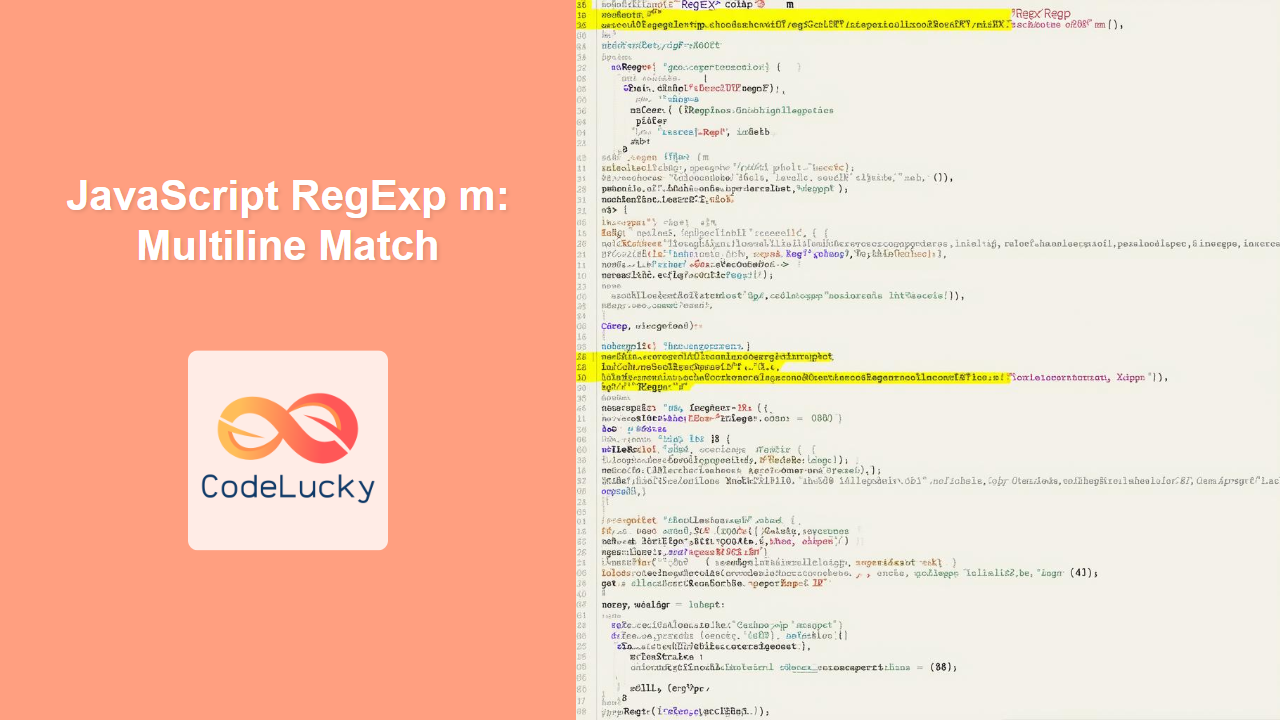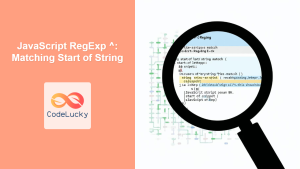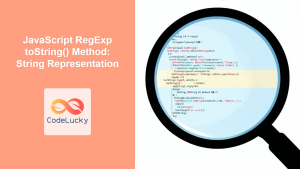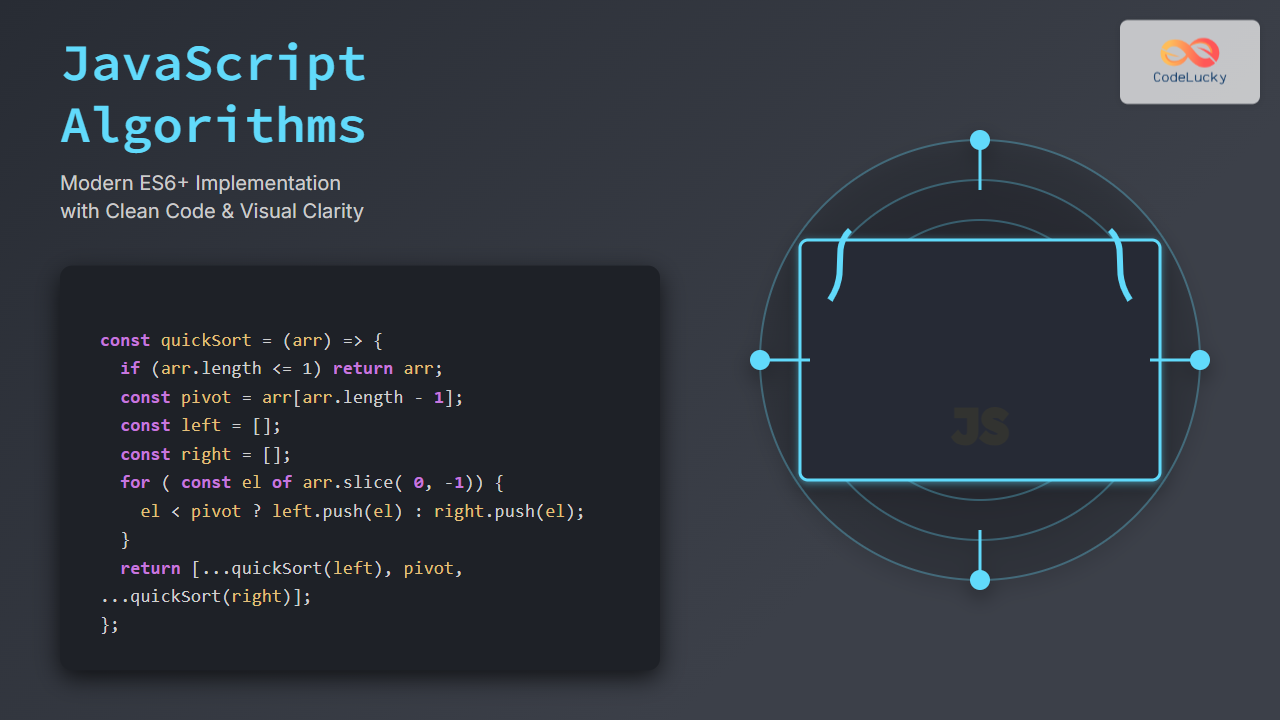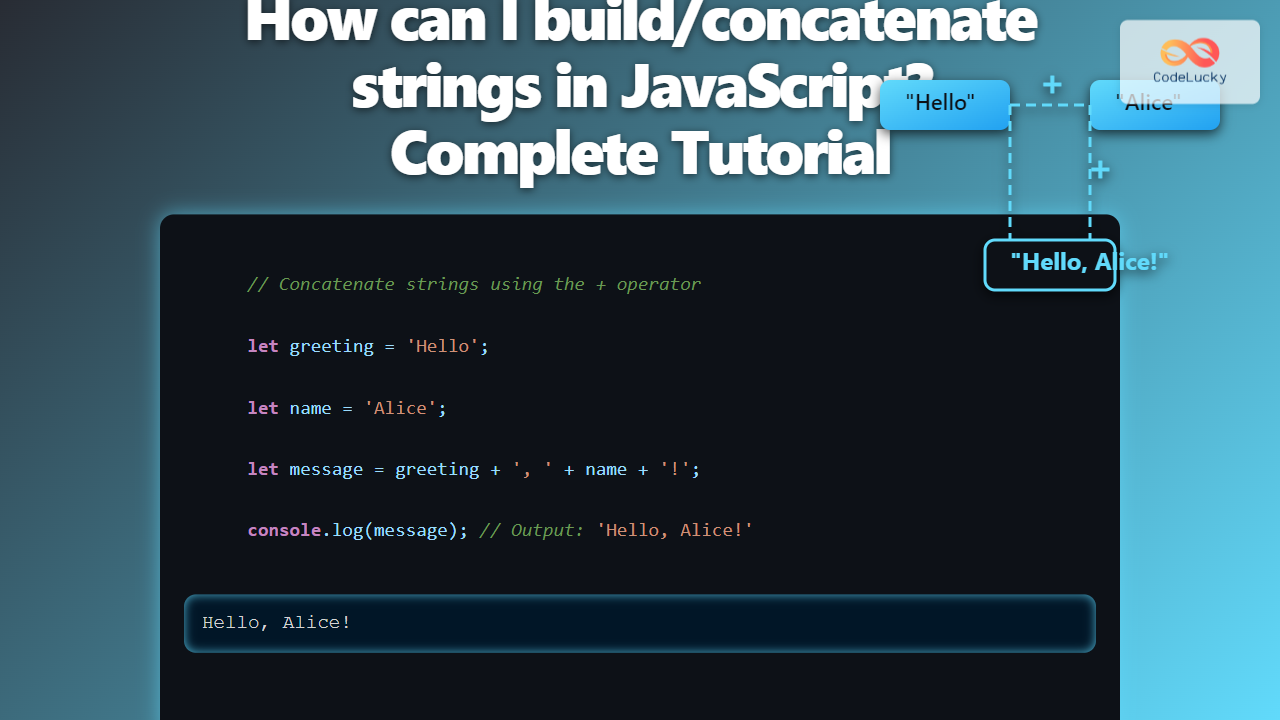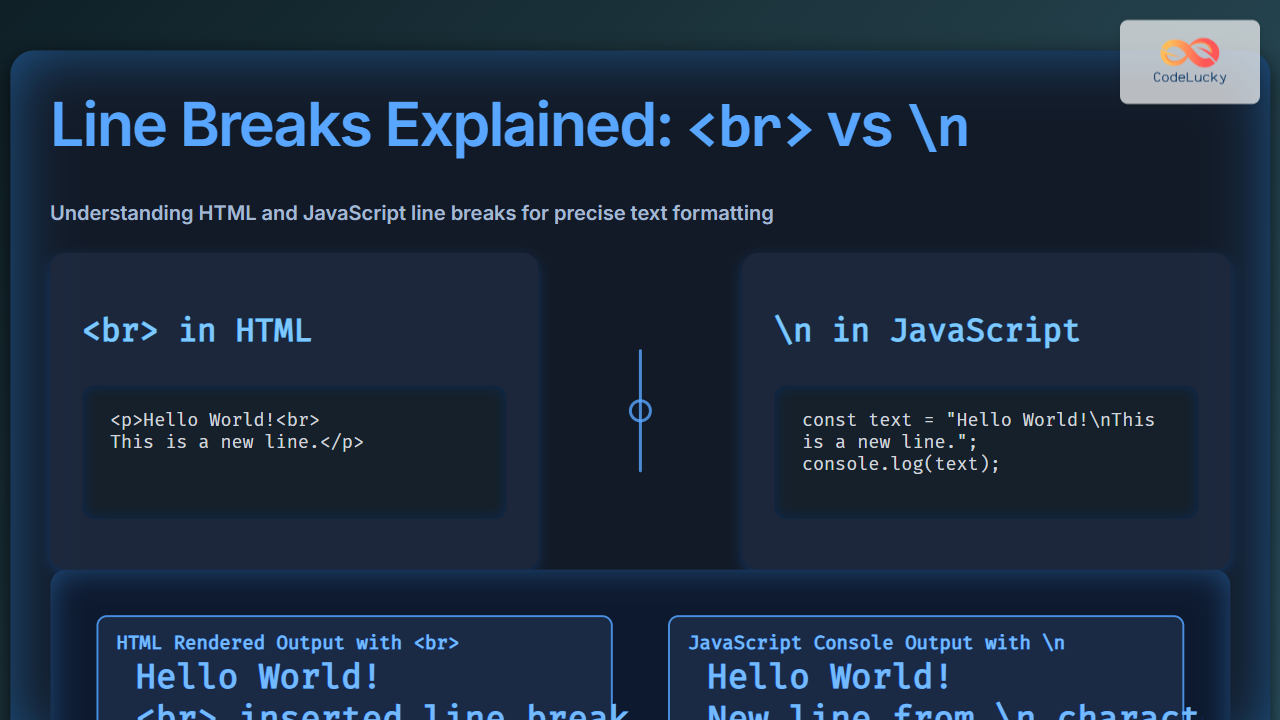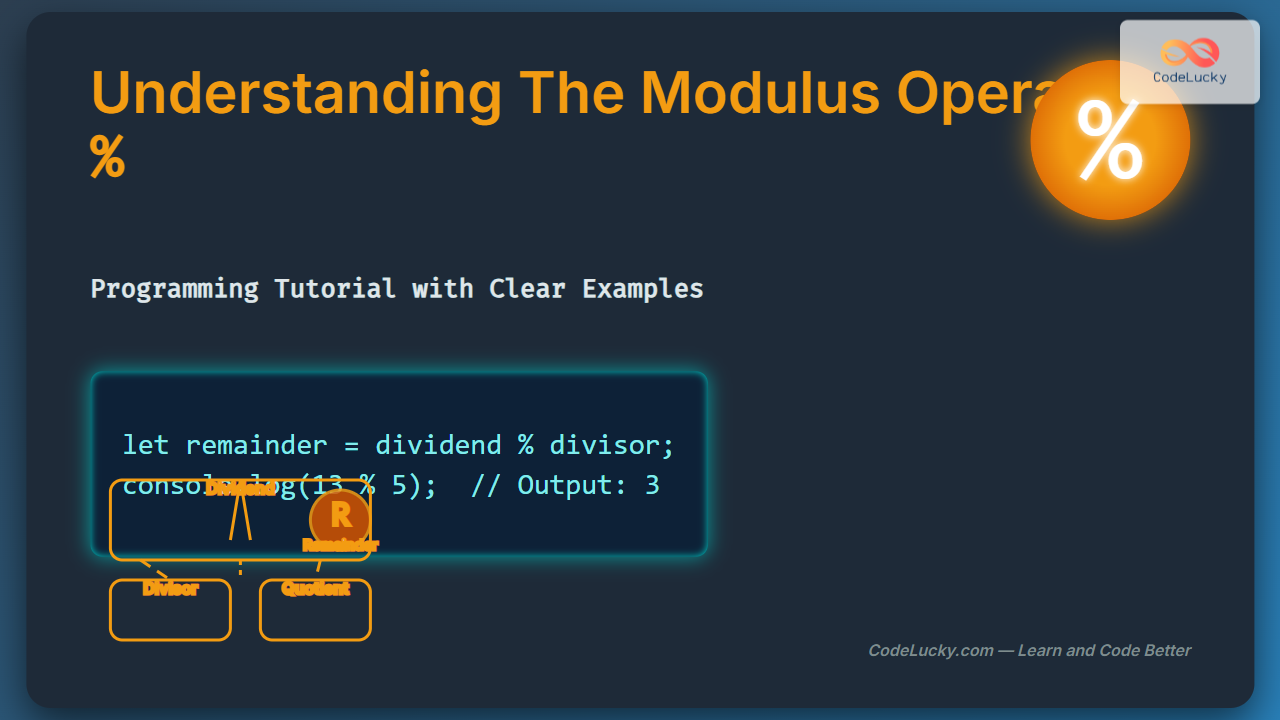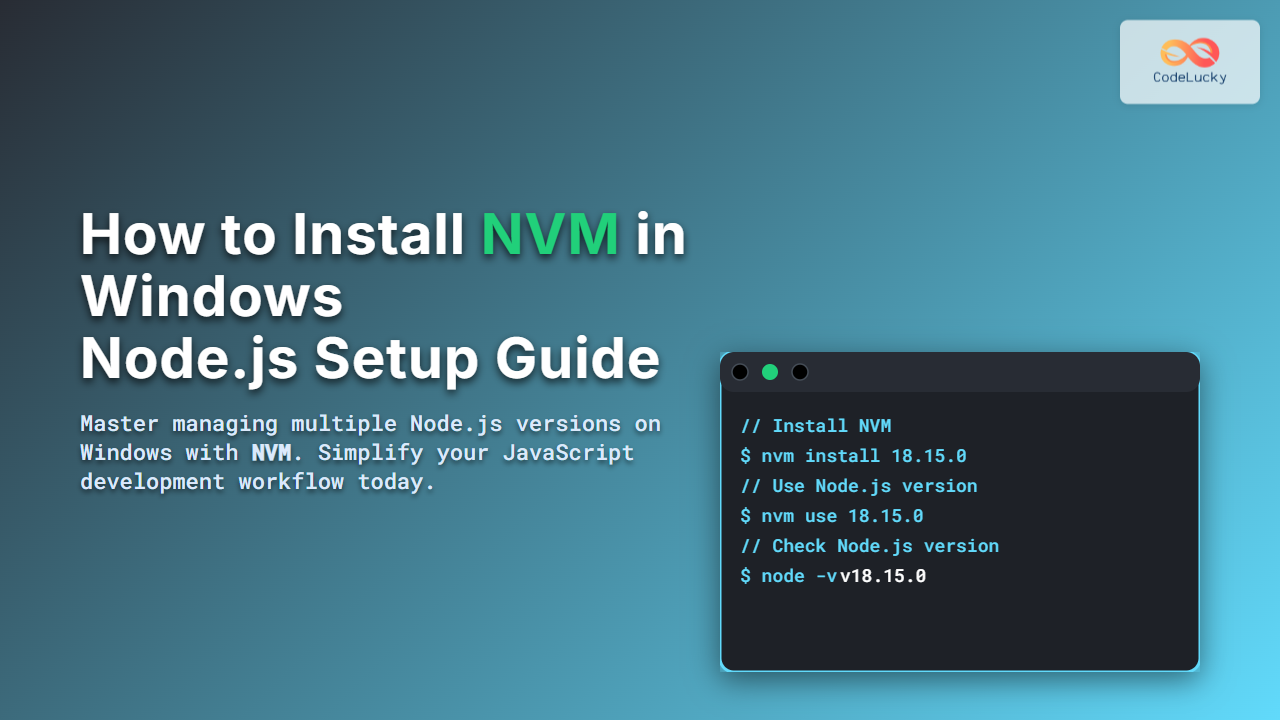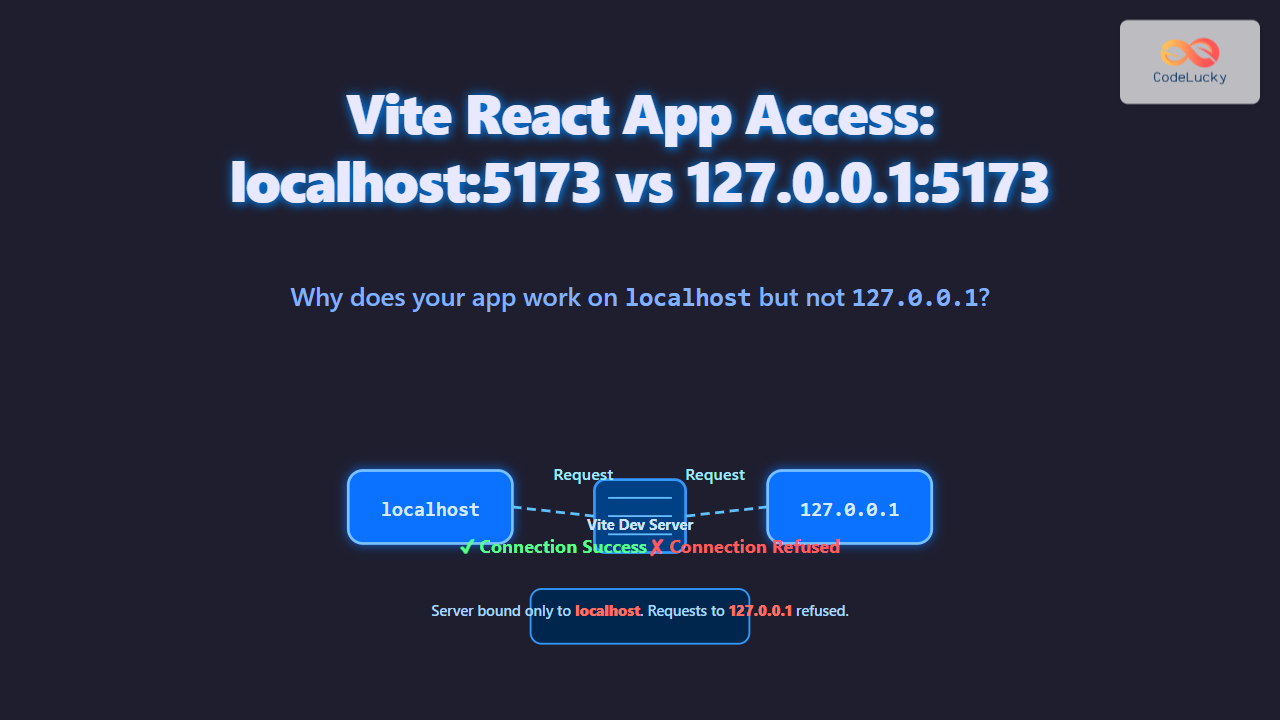JavaScript RegExp m: Multiline Match
The m flag in JavaScript regular expressions enables multiline matching. This means the ^ (start of line) and $ (end of line) anchors match the beginning and end of each line within the input string, rather than just the beginning and end of the entire string. This is particularly useful when working with text that contains newline characters (\n).
Purpose of the m Flag
The m (multiline) flag modifies the behavior of ^ and $ anchors, making them match the start and end of each line in a multiline string, which is defined as any occurrence of \n characters. Without the m flag, ^ matches only the start of the string and $ matches only the end of the string.
Syntax
The m flag can be used in two ways:
-
Literal Notation:
const regex = /^pattern$/m; -
Constructor Notation:
const regex = new RegExp("^pattern$", "m");
Usage and Examples
Let’s explore practical examples to illustrate how the m flag works.
Basic Example: Matching Lines in a String
const str = "First line\nSecond line\nThird line";
const regex1 = /^line/m;
const regex2 = /^line/;
console.log("With 'm' flag:", regex1.test(str));
console.log("Without 'm' flag:", regex2.test(str));
Output:
With 'm' flag: true
Without 'm' flag: false
Explanation:
regex1with themflag checks if any line starts with “line”. It returnstruebecause “Second line” and “Third line” match.regex2without themflag checks if the entire string starts with “line”. It returnsfalsebecause the string starts with “First line”.
Matching Start and End of Lines
const strMultiline = "First line\nSecond line\nThird line";
const regexStartMultiline = /^Second/m;
const regexEndMultiline = /line$/m;
console.log("Start of line with 'm':", regexStartMultiline.test(strMultiline)); // true, because "Second line" starts with "Second"
console.log("End of line with 'm':", regexEndMultiline.test(strMultiline)); // true, because all lines end with "line"
Output:
Start of line with 'm': true
End of line with 'm': true
Explanation:
regexStartMultilineuses^to match the start of a line and checks if any line starts with “Second”.regexEndMultilineuses$to match the end of a line and checks if any line ends with “line”.
Using m Flag with Global Search
The m flag can be combined with the g (global) flag to find all matches across multiple lines.
const multiLineString = "line1\nline2\nline3";
const regexGlobalMultiline = /^line/gm;
let match;
while ((match = regexGlobalMultiline.exec(multiLineString)) !== null) {
console.log("Found match:", match[0], "at index", match.index);
}
Output:
Found match: line1 at index 0
Found match: line2 at index 6
Found match: line3 at index 12
Explanation:
- The
gmflags ensure that the regex finds all lines starting with “line” in the string. - The
whileloop iterates through all matches, printing each one’s value and index.
Real-World Example: Parsing Multiline Configuration Files
Consider parsing a simple multiline configuration file:
const configFile = `
# Configuration file
setting1 = value1
setting2 = value2
# End of file
`;
const configRegex = /^\s*(\w+)\s*=\s*(\w+)/gm;
let configMatch;
while ((configMatch = configRegex.exec(configFile)) !== null) {
const key = configMatch[1];
const value = configMatch[2];
console.log(`Setting ${key} = ${value}`);
}
Output:
Setting setting1 = value1
Setting setting2 = value2
Explanation:
- The
configRegexregex uses themflag to match each line in the configuration file. - It captures key-value pairs, ignoring comments and whitespace.
- The
\s*allows for any number of whitespace characters. - The
(\w+)captures one or more word characters (alphanumeric and underscore).
Common Pitfalls
- Forgetting the
mflag: Without themflag,^and$only match the start and end of the entire string, not individual lines. - Unexpected Behavior: When the
mflag is used, ensure that your regex accounts for newline characters (\n) if you’re not intending to match the start or end of lines. - Combining with
gflag: When using themandgflags together, be mindful of howlastIndexis updated and reset by different methods.
Tips and Best Practices
- Always use the
mflag when you need to match the start or end of lines within a multiline string. - Combine the
mflag with thegflag to find all matches across multiple lines. - Use non-capturing groups
(?:...)where appropriate to improve performance and readability. - Test your regex thoroughly with different multiline inputs to ensure it behaves as expected.
Conclusion
The m (multiline) flag in JavaScript regular expressions is an essential tool for working with multiline strings. It allows you to accurately match the start and end of individual lines, making it invaluable for parsing text, processing configuration files, and other text-based tasks. Understanding and using the m flag effectively can significantly improve your ability to handle complex string manipulation in JavaScript.

